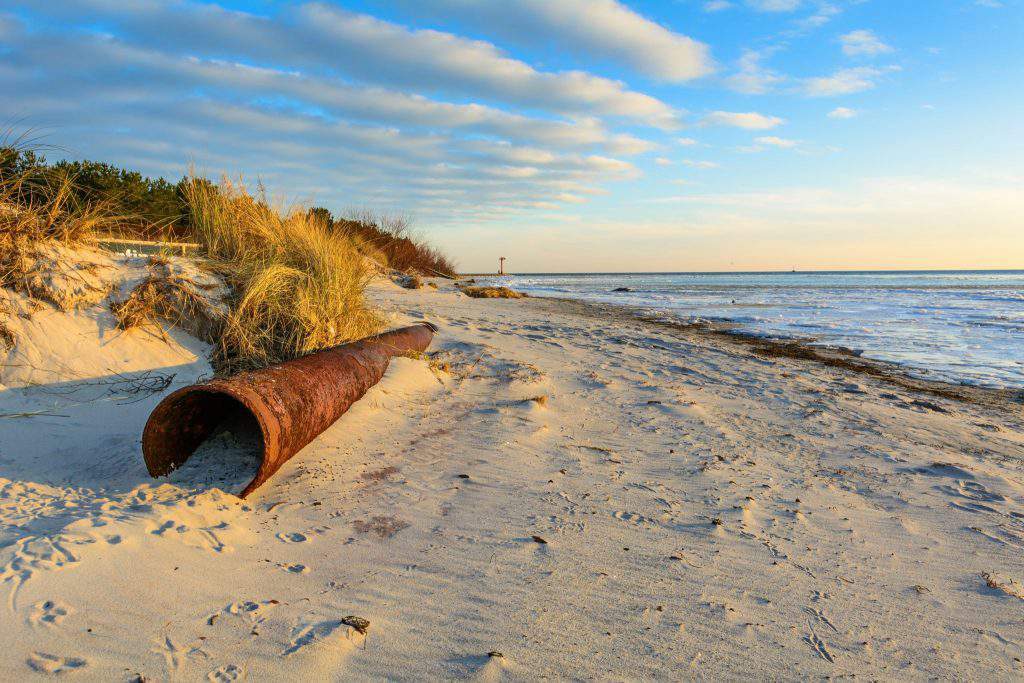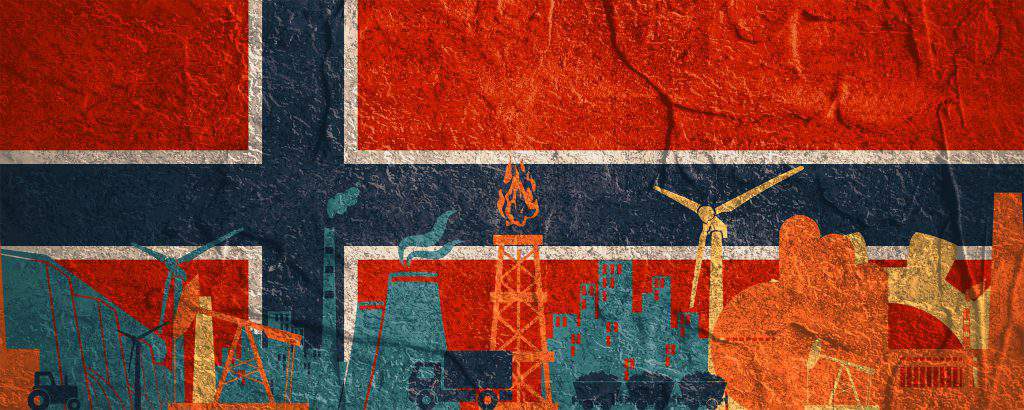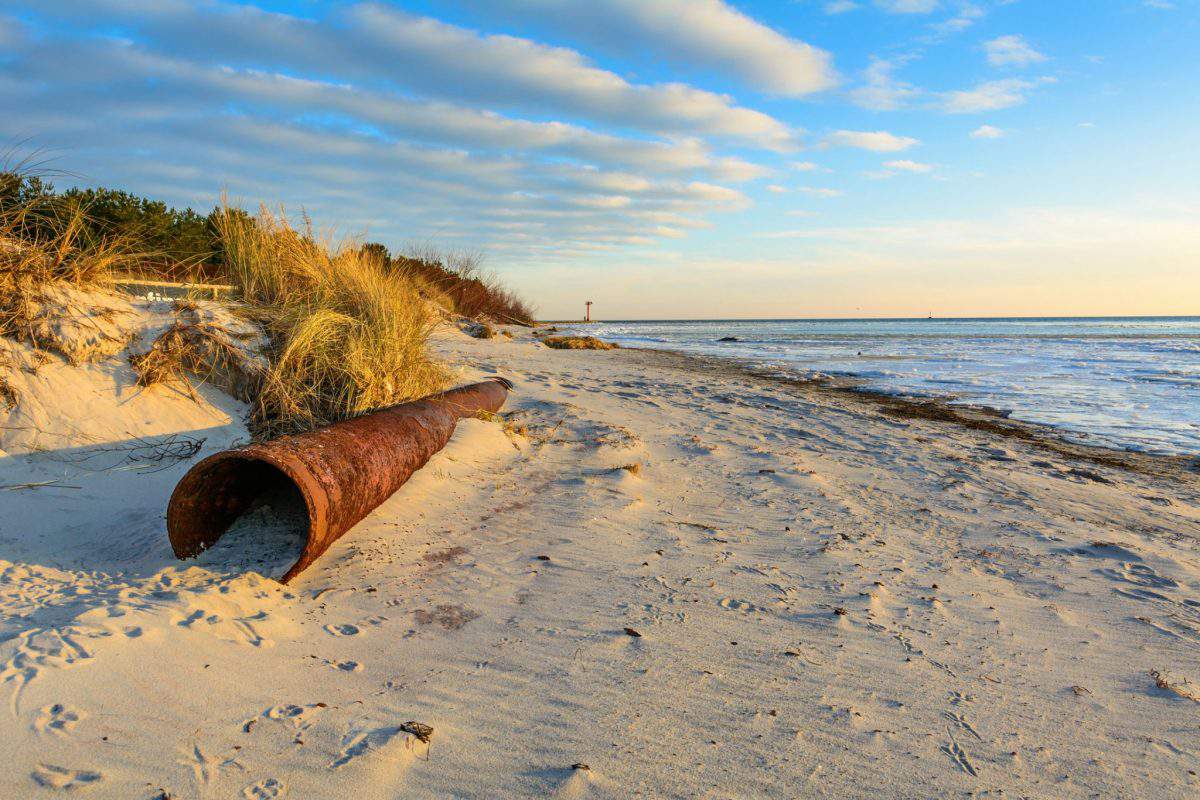At the end of October, Denmark simultaneously approved the construction of two gas transit initiatives: Nord Stream 2 – over which intercontinental passions have raged – and the Danish–Polish Baltic Pipe gas pipeline, which for a long time attracted little attention, remaining virtually off the radar, and was authorized earlier than the Russian pipeline. Construction of Baltic Pipe should commence at the beginning of 2020.
The Baltic Pipe gas pipeline will connect Norway’s gas transport system with Poland through Denmark; the length of the branch will be around 900 km. The Baltic Pipe consortium comprises the Danish energy firm Energinet and the Polish operator GAZ-SYSTEM S.A; a letter of intent was signed between Poland and Denmark in 2017. The project is being actively supported by the European Commission: in April this year it came to light that the Commission would assign almost €215 million of funding to the construction of Baltic Pipe in addition to subsidies that had already been allocated.
Poland receives 9.9 billion cubic metres (bcm) of Russian gas per year (if the data for 2018 is to be believed), making it a major customer. After Baltic Pipe comes into service in 2022, supplies will come from Norway; from 2023, Poland plans to terminate its contracts with Russia and go over entirely to gas from Norway as well as beginning purchases of liquefied natural gas (LNG) from Qatar and the United States.
PGNiG, Poland’s state oil and gas company, has already informed Gazprom and Gazprom Export that it does not intend to extend the contract after 31 December 2022: Poland claims that under the existing contract, Russian gas is much more expensive than American LNG. Poland is hoping that Norwegian gas will also be cheaper than Russian gas; this of course will depend on specific contracts. Nobody in Warsaw appears concerned that having assumed a position of virtual monopoly in the Polish market, Norway could then raise the price of gas; it is entirely obvious however that Baltic Pipe is giving Norway a powerful lever with which to influence Poland as well as the opportunity to dictate its terms in the future.

The planned capacity of the gas pipeline is around 10 bcm of gas per year for Denmark and Poland. From the point of view of the pipeline operator and the European Commission, this will allow the European gas market to be diversified; the main political objection to Nord Stream 2 is after all precisely that it will place the European Union, and Germany in particular, entirely at the mercy of gas from Russia.
With Baltic Pipe, the situation should change. However, at present there are no guarantees that Norway will not use the new pipeline in its own interests. With the pipe connected to eastern Europe’s gas transport system, Norway will be able categorically to insist on its terms for new gas agreements with Berlin, given a new sales trend: Berlin is currently working actively on accelerating the switch from coal and a transition to cleaner energy sources in order to protect the climate. This is evidence that the demand for natural gas will only increase. German politicians, including Chancellor Merkel herself, have spoken of this, but they have also spoken of the need to diversify supplies. It is quite possible that Brussels and Washington could exploit the emerging situation to exert pressure on Berlin. Washington has already long aspired to get into the German market and begin the construction of LNG terminals.
Norway is also pursuing its own financial interests; given all the circumstances, it would be strange if Oslo did not try to fix a higher price for its gas for Poland and other eastern European countries – and moreover to do this independently of general European conditions. In an interview with the Polish television channel TVP Info in November 2019, head of PGNiG Petr Wozniak stated specifically that the company had overpaid Gazprom over several years to the tune of at least €230 million annually, claiming that this was the sum by which Gazprom’s prices exceeded those of the market. PGNiG has complained about this to a Stockholm arbitration court; it is expected that the court will rule in Warsaw’s favour at the beginning of 2020. The price of gas will thus be reduced. It would appear that Poland is counting on a more favourable contract with Norway and cheaper Norwegian gas. Poland is already buying American LNG; according to Wozniak, this is 20-30% cheaper than gas imported under its Yamal contract with Gazprom.

It is quite obvious that Norway will try to stimulate a demand for its fuel through lobbying activity in international forums and the use of two-sided contracts. There is leverage for this, and the political agenda is also favourable; active discussions on protecting the climate are taking place in Europe and the existence of the Council of the Baltic Sea States, whose meeting Germany’s Chancellor Merkel participated in this year, also facilitates it.
It can thus be predicted that Russia will soon lose a major sales market in Europe. Speaking on Radio Poland at the beginning of October 2019, Piotr Naimski, the Polish government’s chief strategic energy advisor, confirmed Warsaw’s plans to withdraw from the Russian contracts. Nonetheless, this will hardly affect the status quo among players on the European gas market: Gazprom will as before remain the largest supplier of gas to the EU.
According to a European Commission gas market report for the second quarter of 2019, Russia is the leading gas supplier, accounting for 45% of the European Union’s gas imports; Norway is in second place, accounting for 25%. By making a decision that is solely in Norway’s favour, Poland is renouncing the principle of balance, and losing an opportunity to obtain gas at once from two reliable sources – Scandinavia and Russia. Contrary to the European Commission’s official position, this will hardly facilitate diversification. In any case however, with its contract with Gazprom expiring at the end of 2022, Poland still has time to draw back from its radical position on gas supplies towards a balanced and rational one.

